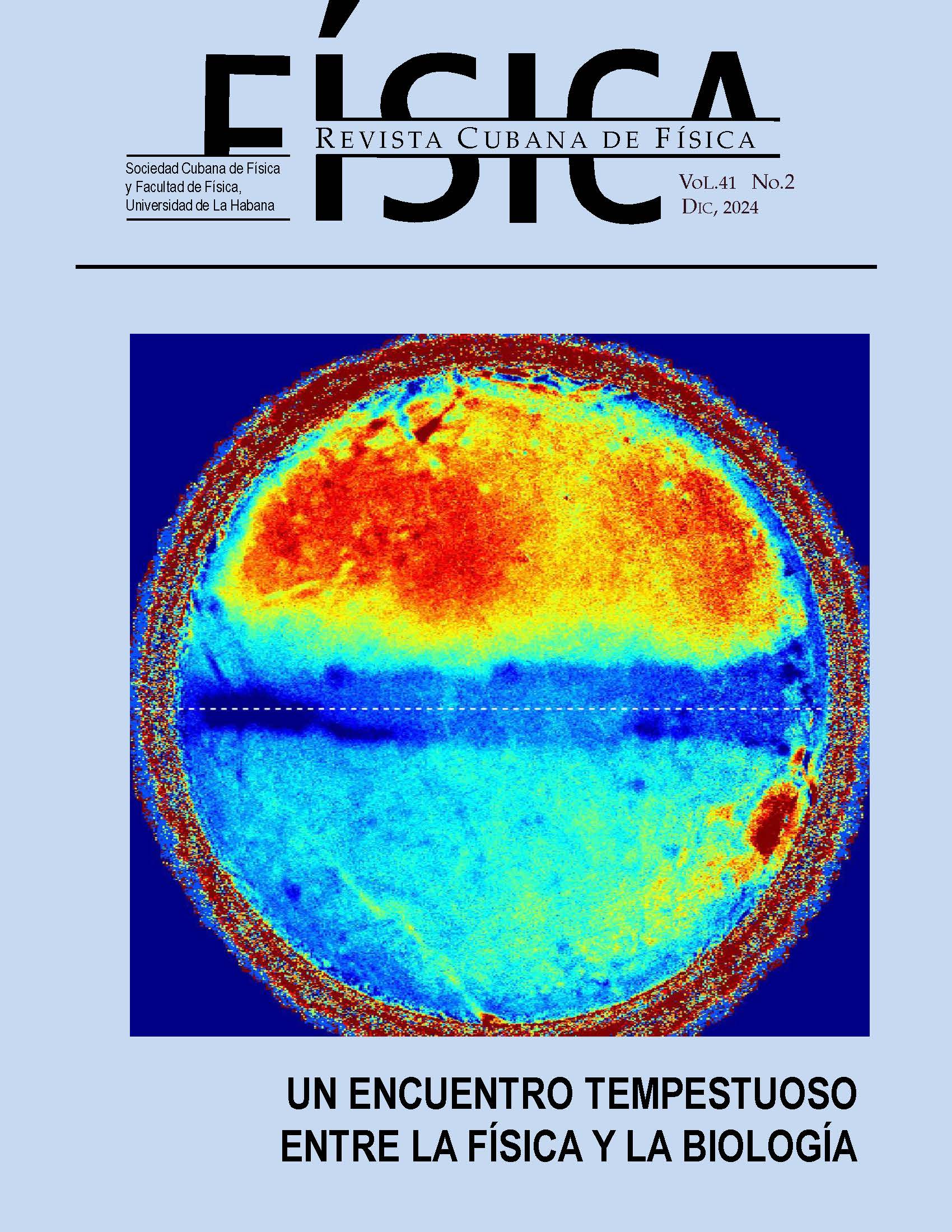Abstract
In a piezoelectric material, any external action that can generate a mechanical deformation could be a potential source of electrical energy. This phenomenon is studied for the development of microscale devices, using as external agents the hydraulic pressure of a fluid, the movement of the human being and others. Nowadays, the main researches are directed to the optimization of the properties of the developed piezoelectric and also to the simulation of different situations that allow the optimization of the energy harvesting devices. The present paper shows some simulations, which have been made by using the finites elements method to simulate the energy harvesting; the results are presented for a commercial piezoelectric, PZT-4.
References
[1] H. S. Kim, J.-H. Kim and J. Kim, Int. J. Precis. Eng. Manuf. 12, 1129 (2011).
[2] Ch. R. Bowen, V. Yu, T. Hyunsun and A. Kim, Modern Piezoelectric Energy-Harvesting Materials (Springer International Publishing Switzerland, 2016).
[3] C.R. Bowen, H.A. Kim, P.M. Weaver and S. Dunn, Energy Environ. Sci. 7, 25 (2014)
[4] W. Tian, Z. Ling, W. Yu ID and J. Shi, Appl. Sci. 8, 645 (2018).
[5] Sh. Priya, H.-Ch. Song, Y. Zhou, R. Varghese, A. Chopra, S.-G. Kim, I. Kanno, L. Wu, D. S. Ha, J. Ryu and R. G. Polcawich, Ener. Harvest. Syst. 4, 3 (2017).
[6] P.V. Pavplov, Física del Estado Sólido (Mir. Moscú, 1987).
[7] ANSI/IEEE Standard on Piezoelectricity, IEEE Transactions on ultrasonic ferroelectrics and frequency control 43, 28 (1996).
[8] P. Kumari, M. Lal, Sh. Prakash Rai and R. Rai, Smart Materials for Smart Living, Chapter 7: Piezoelectric electroceramic perovskites and their applications (Nova Science Publisher Inc., 2017).
[9] G. H. Haertling, J. Amer. Ceram. Soc. 82, 797 (1999).
[10] J. Ou-Yang, Z. Benpeng, Y. Zhang, S. Chen, X. Yang and W. Wei, Appl. Phys. A 118, 1177 (2015).
[11] S. Trolier-McKinstry, Sh. Zhang, A. J. Bell and X. Tan, Ann. Rev. Mater. Res. 48, 191 (2018).
[12] M. Chandrasekhar, Y. Govinda Reddy and P. Kumar, J. Elect. Mater. 49, 7238 (2020).
[13] Y. Zhang, M. Xie, J. Roscow, Y. Bao, K. Zhou, D. Zhang and Ch. R. Bowen, J. Mater. Chem. A 5, 6569 (2017).
[14] H. J. Lee, Sh. Zhang, Y. Bar-Cohen and S. Sherrit, Sensors 14, 14526 (2014).
[15] C. Martinelli, A. Coraddu and A. Cammarano, Int. J. Mech. Mater. Des. 19, 121 (2023).
[16] C. Du, P. Liu, H. Yang, G. Jiang, L. Wang and M. Oeser, Materials 14, 1405 (2021).
[17] A. Kumar, R. Kumar, S. Chandra Jain and R. Vaish, RSC Advances 9, 3918 (2019).
[18] Y. Song, J. Energy Eng. 145, 04018076 (2019).
[19] F. Beltrán, Teoría General del Método de los Elementos Finitos, Universidad Politécnica de Madrid, 2014.
[20] J. M. Ramírez, Desarrollo de dispositivos recolectores de energía de fuentes vibratorias, Tesis de Doctorado en Ingeniería, Universidad Nacional del Sur, Argentina, 2019.
[21] F. S. Pascual, Análisis por elementos finitos de piezoeléctricos para la recolección de energía undimotriz, Trabajo Final de Grado, Escuela Técnica Superior de Ingeniería del Diseño, Universidad Politécnica de Valencia, 2020.

This work is licensed under a Creative Commons Attribution-NonCommercial 4.0 International License.
Copyright (c) 2025 Cuban Physical Society & Faculty of Physics of the University of Havana

